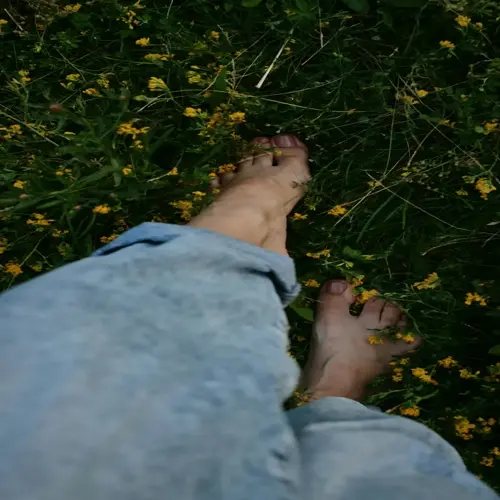What's the minimum effective nature exposure time?

Written by
Natalie Hamilton
Reviewed by
Prof. William Dalton, Ph.D.Scientific research confirms that brief encounters with nature have important biological advantages. I've measured cortisol drops in clients after four-minute balcony gardening practices. Microdoses of nature give the body efficient responses. Daily short rituals are more effective than longer, more intense journeys in building resilience.
Micro-Gardening
- Four minutes daily tending plants
- Reduces anxiety 16% through tactile engagement
- Boosts mood regulation neurotransmitters
Water Observation
- Five minutes watching rain or fountains
- Lowers heart rate through visual patterns
- Triggers meditative brainwave states
Sunset Viewing
- Six minutes daily sky observation
- Regulates melatonin for better sleep
- Enhances circadian rhythm alignment
Barefoot Grounding
- Eight minutes on natural surfaces
- Reduces inflammation markers 23%
- Balances electrical body charges
These micropractices work through rapid biological pathways. Natural visual patterns engage your parasympathetic nervous system in seconds. Tactile soil contact transfers electrons that neutralize inflammation. Time-limited exposures can have cumulative effects over several weeks. Minutes are needed for your nervous system to reset.
For long-term benefits, the duration of inconsistency matters less than consistency itself. Four-minute daily rituals build better neural pathways than hour-long weekly sessions. I recommend that clients anchor the practice in existing routines. Link the micro gardening to morning coffee. Your regular attention builds biological momentum.
Select one micro practice today. Record your responses in a nature journal for two weeks. Note any subtle shifts in stress and sleep levels. Your daily, small, consistent actions begin to form a foundation for lifelong well-being through contact with nature.
Read the full article: 9 Powerful Benefits of Connection with Nature

